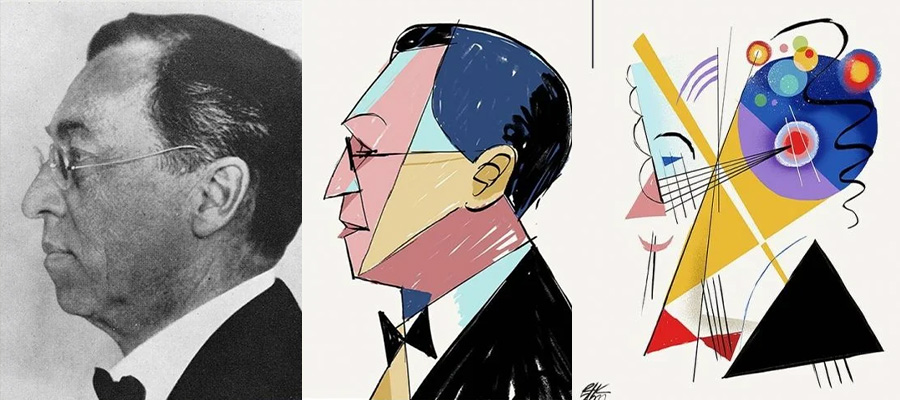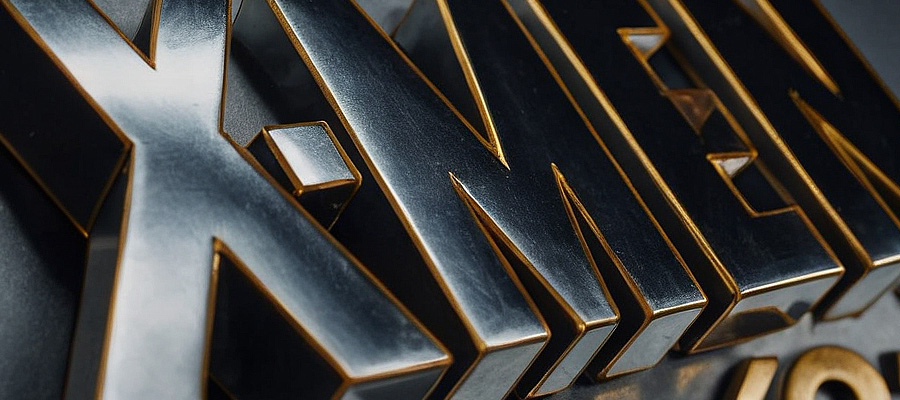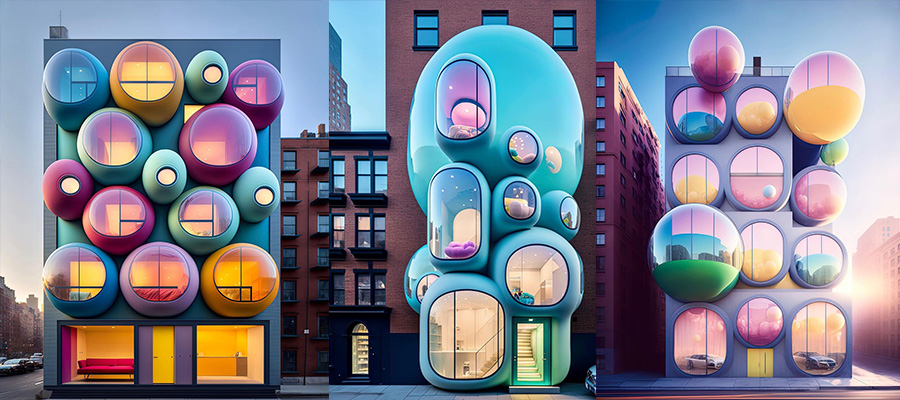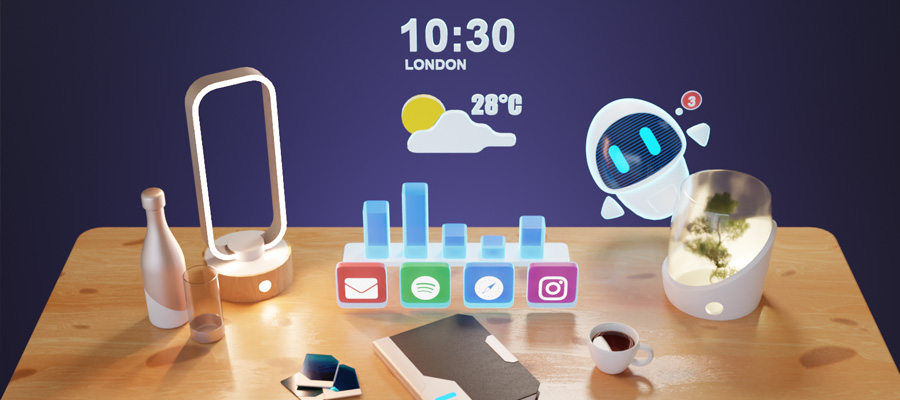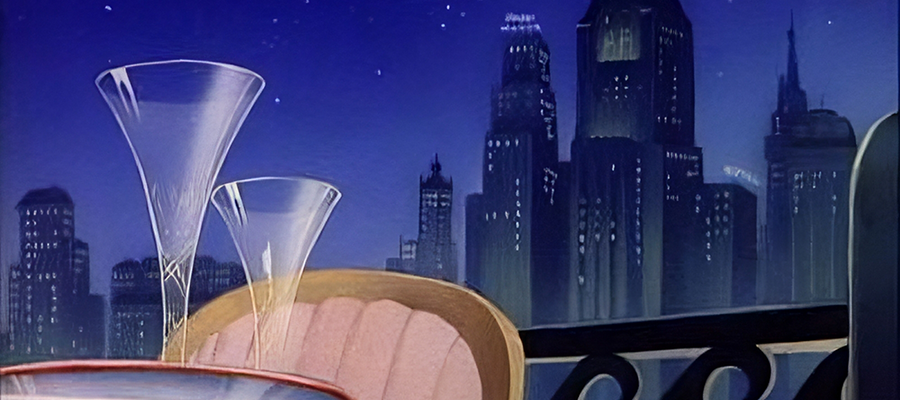Zero UI is about removing everything that comes between users and their devices, about making the interaction easier, seamless, more direct. Does it sound to you like a concept from a science-fiction movie? Well, it is already a thing and it seems like we may be looking at the future here - our devices already have quite a good understanding of what we see, what we need, what we say and what we do without touching their screens. People are talking about UX vs. UI design these days, but some believe that there may be no UI design at all. Or there will only be Zero UI design that will constitute a vital part of every UX designing process.
What is Zero UI, really?
Zero UI is often called Touchless tech as well, which probably gives you a much clearer idea about what it really is. It’s all about more direct communication between you and your devices, communication-based on haptics, computer vision, voice control, and artificial intelligence, etc. For example, if you’re using Siri or Amazon Echo, you’re already a part of the future, as these are very simple examples of Zero UI. But Zero UI wants to be more - the internet of things is developing and designers wish for Zero UI to help devices handle all possible requests, commands, and problems, not only the simplest like Siri does. Some people say that it will make us less connected to the digital world and it will help us to stay in the real one. Even if it doesn’t eliminate screens and indirect interactions, it will significantly limit the amount of our disconnected time.
Think about PlayStation Move or Microsoft Kinect - there were two of the first examples of designers trying to provide people with more natural and real experiences. Gamers were forced to get up and interact with their device and other people. Users finally got an opportunity to combine digital games with physical activity.

Design Mistakes by Lily for Fireart Studio
The Complete Change
Right now, whenever you want to use any kind of device, it’s you who needs to understand it. The aim of Zero UI is to turn everything upside down, to turn things around. According to it, the future will be easier as the machines will learn to understand people. Zero UI devices will respond to humans’ words, gestures and behaviors.
This complete change in the use of devices requires the complete change in the approach that designers have to design. The interaction between a user and a machine will no longer be linear, so it won’t be possible to predict so easily. The two-dimensional interface won’t be a thing anymore. That’s why designers will have to focus on multi-dimensional, non-linear, more abstract designs if they want machines to understand anything - any stream of consciousness, any command, any request, or at least be able to inquire, gather the details, draw conclusions and learn.
Designers will rely on AI and data
Right now, designing an interface requires a designer to have a specific set of skills based on InDesign or Adobe Illustrator. If the things are to change and Zero UI is to be the thing, a whole concept of an interface designer will have to change. Currently, they rely mostly on their intuition, but it won’t be the case anymore - all sorts of data will be required. A future interface designer will need vast knowledge not only in science and technology but also in biology, art or even psychology to be able to create an interface that will understand and learn people’s behavior.
It’s essential because people can vary in so many different ways. The machine will have to be able to interact with all of them: a 15-year old pupil, 45-year-old ex-marine or 35-year-old housewife. Their gestures and behaviors may be the same and mean various things, or be completely different and mean the same. The interface will need a lot of data to be able to predict, anticipate and decode.

Friction in the design by Lily on Dribbble
Zero UI devices will be more accessible
This is probably one of the most important benefits of Zero UI devices - they will be accessible to all people, especially when we talk about users with disabilities. Since there will be no need to touch anything and the devices will rely solely on our words or gestures, they can be of great help to those whose every day lives may be more difficult. This includes people with disabilities but also the elderly.
It will never be really zero
No expert claims that people will move from touchscreens completely - there will probably always be machines that will require us to do something more than merely commanding. But the whole point of Zero UI right now is changing people’s way of thinking and approach - designers want them to stop associating devices and their interfaces with screens and touchscreens.
So yes, we can say that Zero UI is the future of interfaces. But maybe not all of them.
